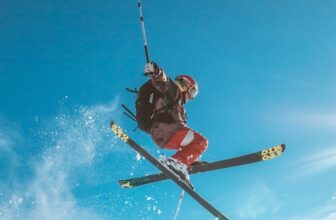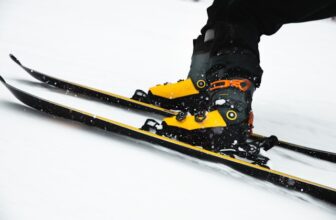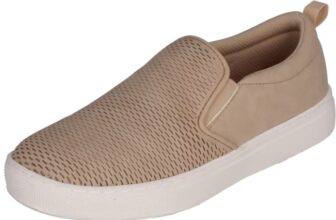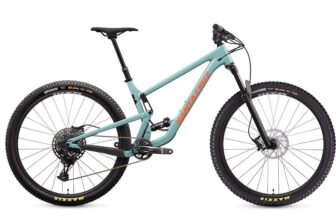
Skiing is not just a winter pastime; it’s a thrilling adventure that combines physical prowess with the breathtaking beauty of snow-covered mountains. Whether you’re a seasoned pro or a newbie hitting the slopes for the first time, the right ski equipment can make all the difference in your skiing experience. In this article, we’ll explore some essential tips to help you choose the perfect ski equipment, from skis and bindings to boots and poles.
Know Your Ability Level
The first step in selecting the right ski equipment is to honestly assess your skiing ability. Are you a beginner, intermediate, or advanced skier? Your skill level will significantly impact the type of skis, boots, and bindings you should consider. Make sure your equipment matches your skills to ensure a comfortable and safe experience.
Determine Your Ski Style
Your skiing style plays a pivotal role in choosing the right equipment. Different skis are designed for specific styles, such as alpine skiing, freestyle skiing, or backcountry skiing. Do you prefer groomed runs, or do you crave off-piste adventures? Knowing your style will help you narrow down your options.
Get the Correct Ski Length
The length of your skis can dramatically affect your skiing experience. Generally, shorter skis are easier to control, making them ideal for beginners. Longer skis offer more stability and speed for advanced skiers. Your height, weight, and skiing style should guide you in selecting the appropriate ski length. Most ski shops have sizing charts and experienced staff to help you with this crucial decision.
Consider Ski Width and Shape
Ski width and shape play a significant role in how your skis perform. Wider skis are better for off-piste skiing and powder, while narrower skis are designed for carving and groomed slopes. Ski shape, often referred to as “sidecut,” influences how easily you can turn. Determine your preferred terrain and choose skis that match.
Pay Attention to Ski Bindings
Ski bindings are often overlooked but are a vital part of your equipment. The bindings need to be compatible with your boots and adjusted correctly for your weight and skiing ability. If you’re not confident in adjusting bindings, seek professional assistance at a ski shop to ensure they’re set up correctly to prevent injury.
Invest in Quality Ski Boots
Your ski boots are your connection to the skis and the mountain. Invest time in selecting the right pair. They should fit snugly but not be overly tight, and they must provide support and control. It’s advisable to consult with a boot fitter to find the perfect fit. Don’t compromise on quality and comfort when it comes to ski boots.
Think About Ski Poles
Ski poles may seem simple, but they are essential for balance and support. The ideal pole length depends on your skiing style and personal preference. Alpine skiers generally prefer shorter poles, while backcountry skiers often opt for longer ones. Make sure your poles match your height and skiing style.
Test Before You Buy
Whenever possible, test your ski equipment before making a purchase. Many ski resorts offer rental services, allowing you to try various skis, boots, and poles to find the perfect match. This hands-on experience will help you fine-tune your choices.
Selecting the right ski equipment is a crucial step in ensuring a safe and enjoyable skiing experience. Your skill level, skiing style, and personal preferences should guide your choices. Take your time to research and consult with experts at a reputable ski shop. By following these tips, you can hit the slopes with confidence, knowing that you’ve chosen the best equipment to maximize your skiing adventure. Whether you’re carving down groomed runs or exploring untouched backcountry terrain, the right equipment will make all the difference in your skiing journey.






